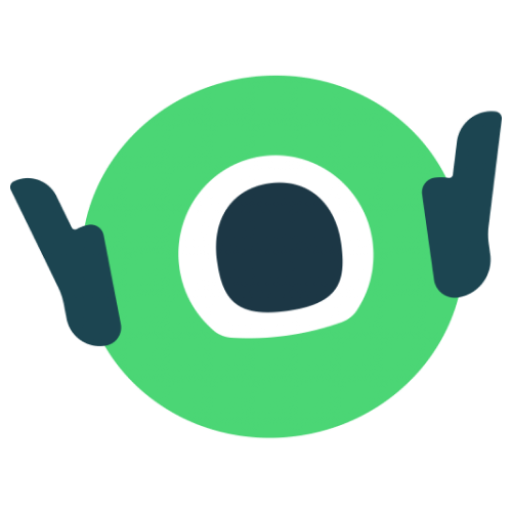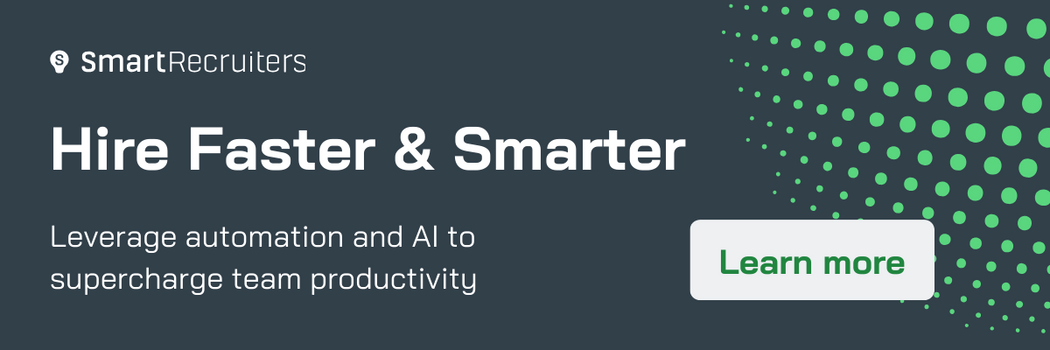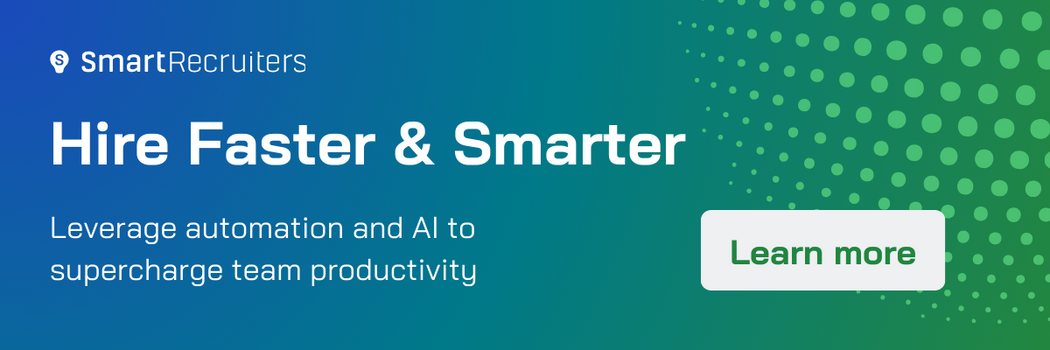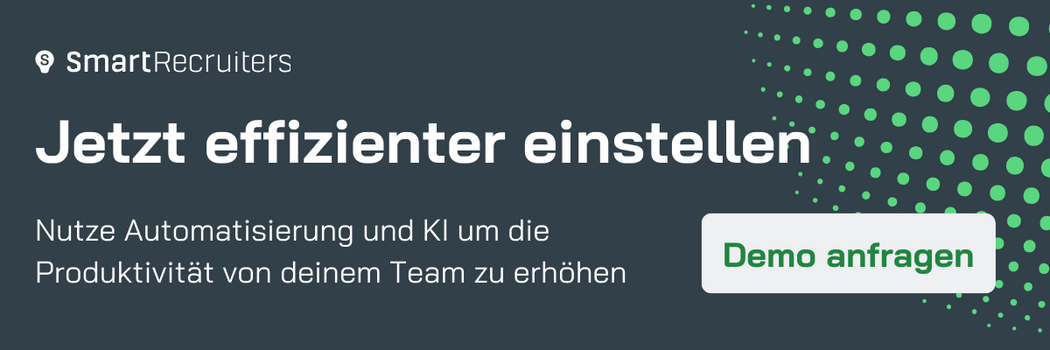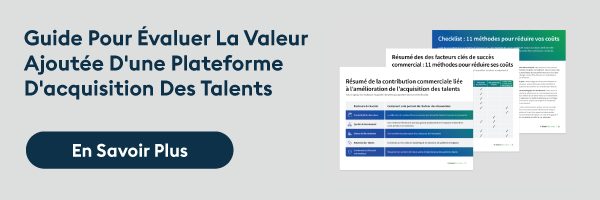Career Transitions have become almost necessary since the beginning of the 21st century. Some people have been doing it since the early 1980’s; others are just going through their first one. As an experienced (and successful) career changer, I’m able to use my own experiences in my Career Coaching practice.
The one rule that remains consistent is what I call the ABC step program. When changing careers it best to go from point A to point B and then point C (if necessary). The leap from A to C is often too far, thus seldom successful. I have been through the A, B, C and now D program as I’m in my 4th career over a 35 year period.
Remember, changing jobs is not the same as changing careers. While it can be simultaneous (my choices were), it’s not necessarily.
Here are the 5 essential steps:
1. What is your motivation(s) to go through this process? Why do you feel the need for a change? Most people already know what interests them, but your aptitude is different and more important. There are several online “tests” available, so use one.
2. What’s your focus? How do you plan on making this change? Who are your role models and more importantly, what are their attributes or traits? Often family members are among them, professionals, friends, acquaintances, etc. come to mind.
3. Be able to answer these open ended questions: My key strengths are…
- I’m at my best when…
- I enjoy a job when…
- I imagine myself being…
- What’s most important to me is…
A savvy networker may ask you some of these questions, so be ready with well thought out answers.
4. What are your core (transferable) skills and what or where do they fit? Do you have the educational background or credentials that needed, required or preferred for your new career? You may need to get feedback from trusted people who can be objective for validation.
5. Here’s a big step; research! Find out what others are doing and how they got there. Find out what companies and more importantly hiring managers are looking for. Connect with people who are willing to share their experiences (positive and failures).
The internet makes this so much easier when you’re in initial stages of research as it’s not time sensitive and you can be passive. Find people who have changed careers and talk with them to get the details. This is critical when connecting with those who are already in the job/field/industry that you’re targeting. The two major questions are: Why did you choose… and How did you get there?
LinkedIn is a perfect venue for this phase of your “journey.” You can read about people and their history before ever contacting them. Pair that with specific business or industry publications. Use the Company and Groups features for additional information including trends or patterns. You can learn about true company culture issues this way.
Actually find a reason to talk with people either face to face or over the phone. That will take commitment from both parties. You, as the initiator will need to be prepared to get to “Yes, I’m willing to talk with you,” or rejected.
Think of this process in two ways:
It’s a journey: Know where you want to go and how you may get there. Pack according for your arrival. Have a good map but be willing to ask for directions, especially if/when you run into detours or road closed, use alternative route. Don’t run out of gas!
The second comparison is:
Jobs and Careers are like a pair of shoes; they must be a good fit! A poor fit will not be returnable; so choose wisely!
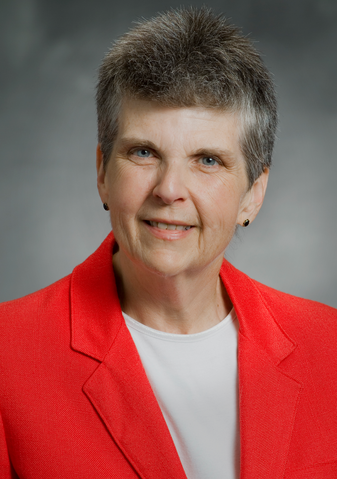 Kathy Bornheimer has over 30 years of diverse experience in recruitment and career coaching. Kathy is the author of The Street Smart Approach to Job Search (2004); 2013 e-book is available directly through her and the co-author of Work Makes Me Sick (Prescribe Something Quick!) (2006). Photo Credit New Yorker.
Kathy Bornheimer has over 30 years of diverse experience in recruitment and career coaching. Kathy is the author of The Street Smart Approach to Job Search (2004); 2013 e-book is available directly through her and the co-author of Work Makes Me Sick (Prescribe Something Quick!) (2006). Photo Credit New Yorker.
SmartRecruiters is the hiring platform with everything you need to source talent, manage candidates, and make the right hires.

